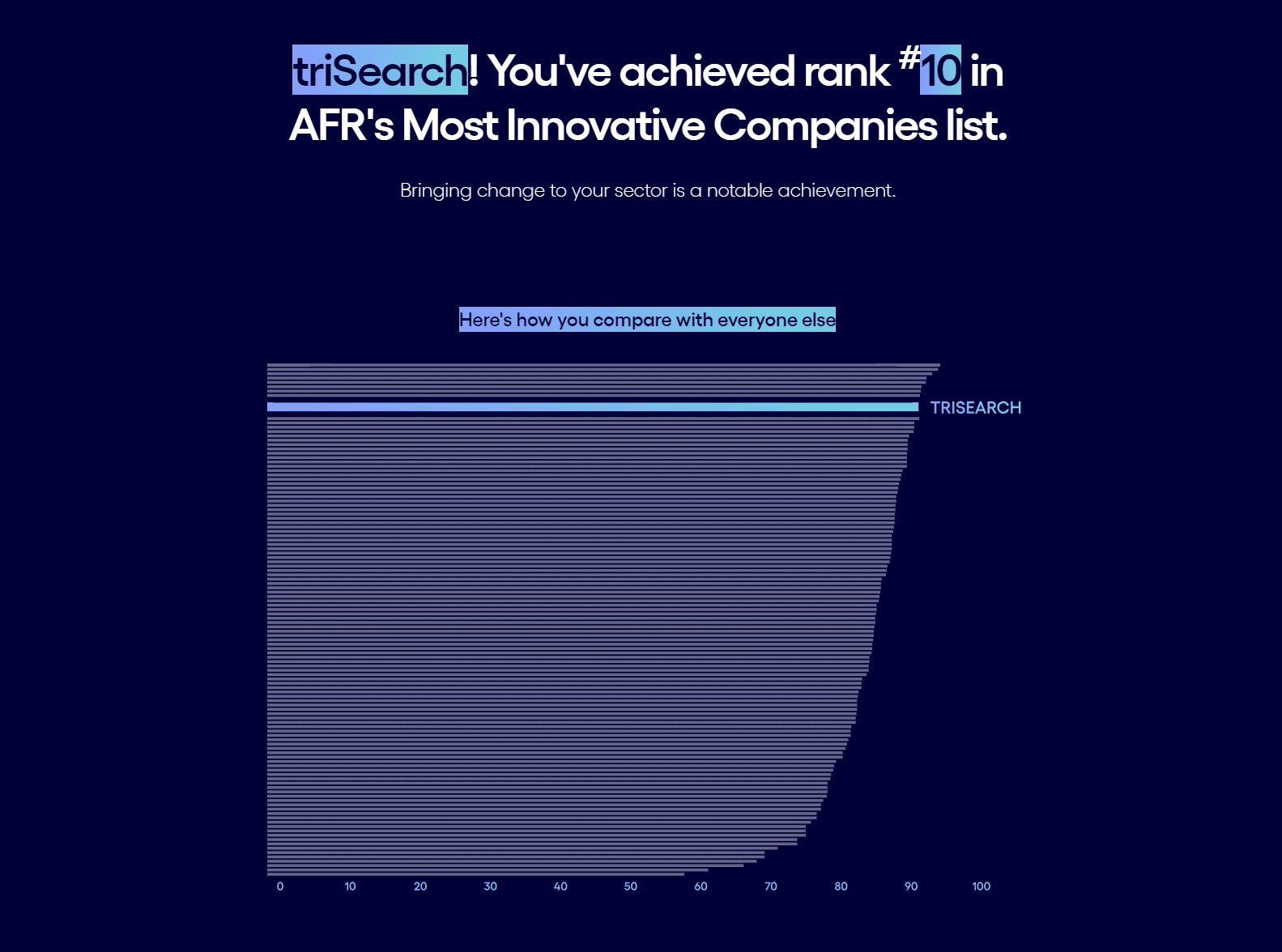The conveyancing industry is dominated by an ongoing evolution of technology. The reason the industry is moving is fast is because there is an obvious need for change away from manual conveyancing.
Without technology, conveyancers are stuck manually typing, printing, scanning, filing or performing other tasks that have since been automated. By continuing to be a ‘manual conveyancer’, you are taking a risk. These risks are explained below.
- Clerical errors
The conveyancing process can be done electronically, from start to finish. Verifying clients, conducting legal searches, generating and signing contracts and Settling can all be done through various technology providers. By not implementing this technology, conveyancers run the risk of clerical errors at every step.
For example, when conducting a legal search, triSearch gives conveyancers the ability to pull information from their Practice Management System straight into the Search fields. There is no need for a paralegal or cleric to manually type the information and potentially make errors.
Not only does this make the entire process more efficient, but it means conveyancers can be confident that the contracts they generate are accurate, and the entire settlement won’t be slowed down because of it.
- Incorrect or missed disbursements
Without a Practice Management System in place or Accounting Software, conveyancers need to manually capture the costs involved with every matter.
This involves manually recording fees, disbursements and other costs and adding these up. This leaves huge room for error that could ultimately result in the firm missing a disbursement and having to wear it.
By implementing technology to automatically capture these costs, the risks are significantly reduced.
triSearch offers a one-touch fee summary that captures all the results and fees in real-time, that can automatically be mapped back to a Practice Management System, or saved to PDF, ready to email to a client.
Many firms don’t like to admit it, but missed disbursements are a huge problem for conveyancers that aren’t utilising the right technology.
- Version control
When it comes time to write up the contracts, manually typing client details, physically printing, scanning and sending a contract can be risky.
Printing the contract means the contract now exists electronically (unsigned) and printed. We have heard too many stories where the wrong or an incomplete contract has been sent out, slowing down the settlement and reflecting very poorly on the conveyancer.
Utilsing Electronic Contract of Sale (eCOS) in tandem with an digital signing technology, triSign, means there will only ever be on true copy of a contract.
All parties involved can sign the contract electronically and can where the other parties have signed. Implementing this technology removes the risk of old versions being sent to clients.
With a slow property market, there has never been a better time for conveyancers to review their operations and processes. Get in touch with triSearch today to see how our platform can improve efficiency in your business and remove the risk of errors.






